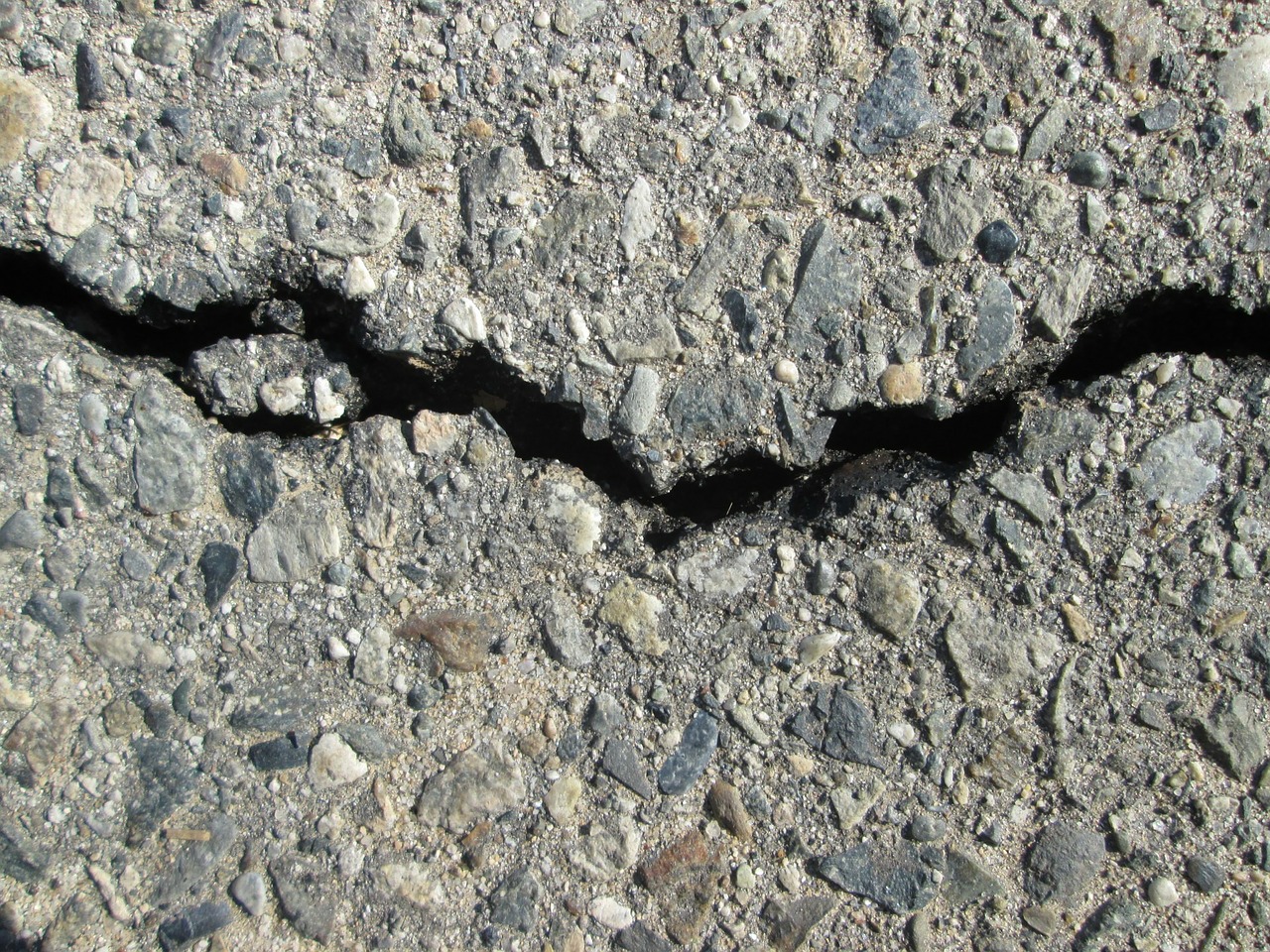Asphalt pavements start deteriorating soon after installation because of the inherent characteristic of the material. Although the wear and tear is slow initially, it can quickly become a cause of concern if not addressed by a well-planned Jet-Seal commercial asphalt maintenance program that must start soon after installation.
The damage might not be visible immediately, but neglecting maintenance of asphalt pavements can prove too costly. Inspecting your pavement for minor damages such as signs of cracking and dips and raveling that starts when asphalt starts disintegrating will help take timely action to keep the asphalt surface intact and free from damage.
The most challenging part of asphalt repairing is to ascertain the repair method according to the type of damage. It will help to identify suitable materials that ensure long-lasting results. Although the expenses vary according to the type of repair, doing it right the first time is essential to avoid further reworking costs of some shoddy repairing job.
Here are some of the typical asphalt repairing methods.
Asphalt Patching
For fixing minor asphalt problems in the short term, surface patching or asphalt patching is the most used repairing method. When you need to do some patchwork to quickly repair a crack or patch up a hole to prevent it from causing further damage or feel like restoring the aesthetic of the asphalt surface, then asphalt patching should work well.
This type of repair is effective only for shallow damages not more than 1 or 2 inches deep. Although the repairing is speedy, it lasts only for a year or two on average. Regular checking will help detect problems early, but you must ultimately undertake more expensive repairing that lasts long.
Asphalt removal and replacement
For long-lasting results, asphalt removal and replacement is a more dependable repairing method as it is highly effective in preventing reflective cracking. Repeated stress concentration at a specific portion of the asphalt surface that can happen due to repeated and heavy rubbing by the car wheels is an example of reflective cracking. The continuous pressure exerted by the vehicles over time results in cracking the overlay.
The process of repairing consists of removing several layers of asphalt until removing the damaged portion completely. Trying to salvage the original asphalt as much as possible and mixing it with fresh asphalt is the way to create stronger aggregate. Despite being a costly process, the repair lasts for many years.
Asphalt milling and resurfacing
When there is distress failure over a large area, asphalt milling and resurfacing is the only solution. After removing the asphalt completely, it goes through a grinding process to produce fine pieces like gravel that can create a new and stronger aggregate. Unusable asphalt goes for recycling to be used for other construction purposes.
Full Depth repair
Full-depth repair is another name for replacing the entire asphalt pavement system suitable for stretches that undergo extensive damage that sets deep inside the asphalt surface. The process is ideal for repairing potholes.
Timely filing of small cracks on the asphalt surface helps to avoid expensive repairs later.
This is a Contributor Post. Opinions expressed here are opinions of the Contributor. Influencive does not endorse or review brands mentioned; does not and cannot investigate relationships with brands, products, and people mentioned and is up to the Contributor to disclose. Contributors, amongst other accounts and articles may be professional fee-based.

